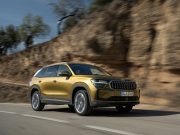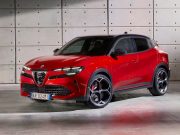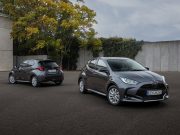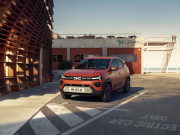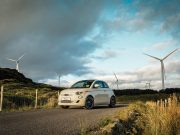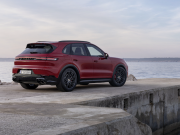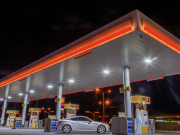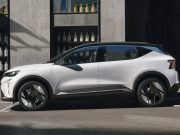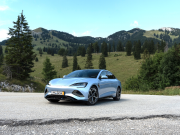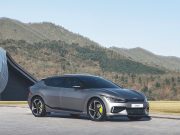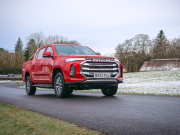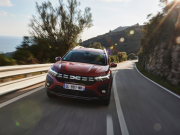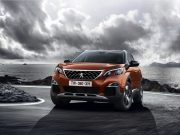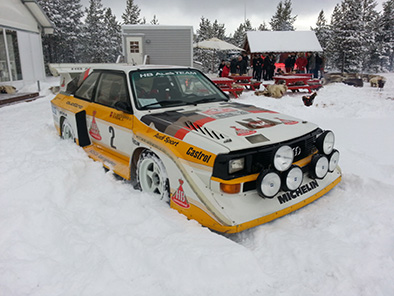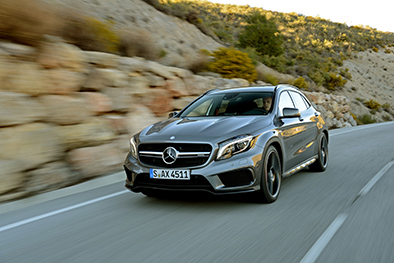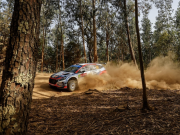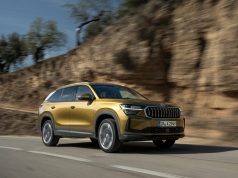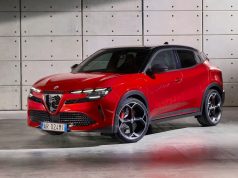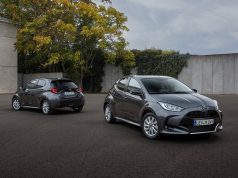
You really do have to take your hat off to Renault when it comes to the Kadjar. You see, Renault have been trying to catch the public’s attention with their various model updates and revivals over the past number of years. I’ve had the pleasure of testing a number of them and they always seem to be nearly there but not just quite, granted more recent model releases show that it was not just some fluke that the Kadjar is becoming so successful.
The Kadjar is not simply a bigger version of the Captur, the Kadjar is a lot more unique and individual than that. Given that the Kadjar is in direct competition with its stable mate the Nissan Qashqai you would expect it to look somewhat similar. It does, but if I’m honest, it looks better. The Kadjar commands a muscular stance from the front and yet a sleek finish as you round the rear quarter panel. The body side mouldings add to the rugged yet sleek appearance. Thankfully I have now had the opportunity to test both the manual and the automatic models of the Kadjar. My test vehicles sat on the optional extra of 19 inch Apollo diamond cut alloy wheels. Thankfully this size of wheel isn’t out of place as they nestle into the wheel arch under the plastic arch trim which add to the SUV appearance. Let us not forget, this is one of the most competitive segments within the motor industry at present. Everybody wants a bite of the cherry and I expect that with this model on their forecourts, Renault will definitely be reaping the rewards.
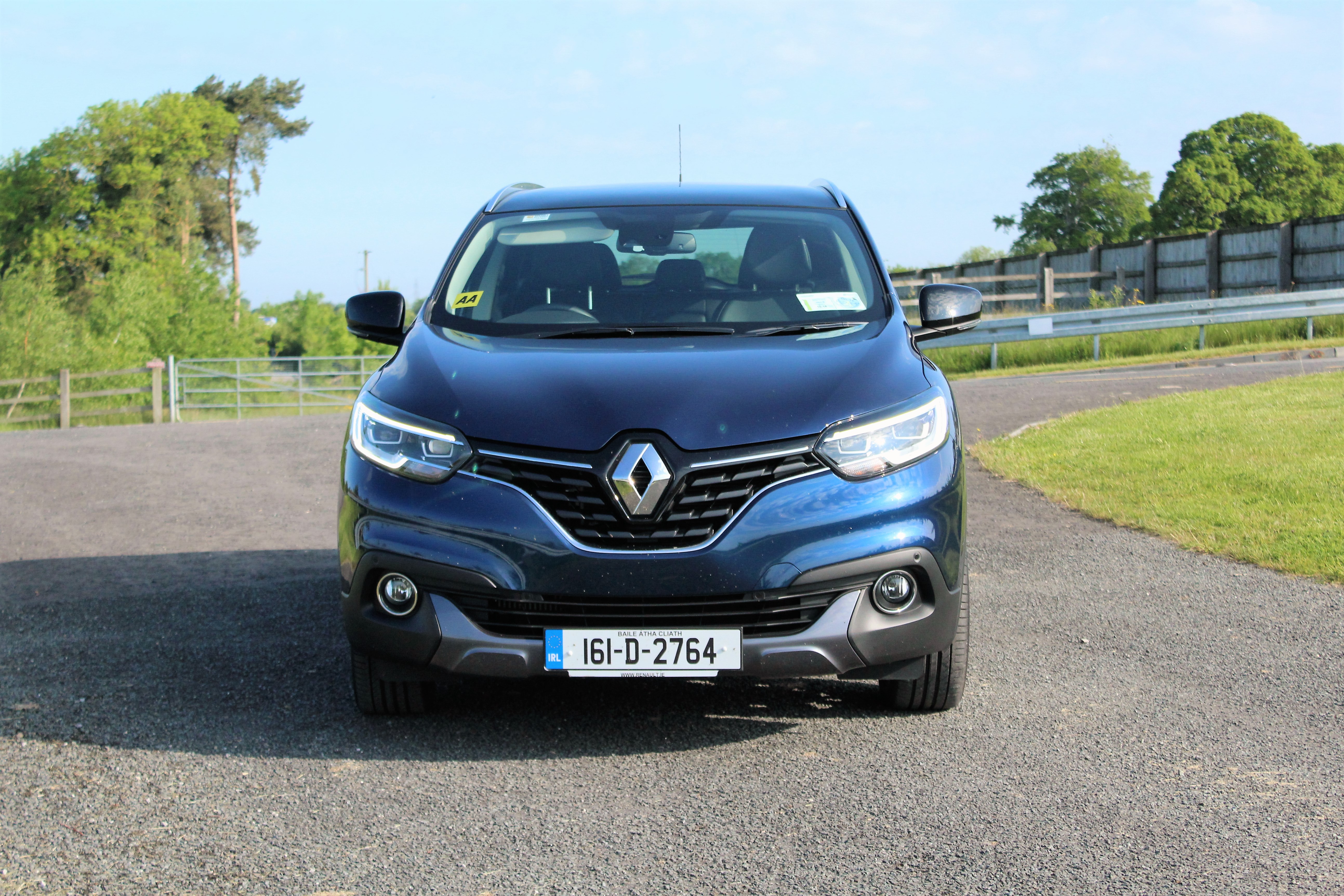
Looking at the Kadjar from the front you will be greeted by the now common sight of the oversized Renault badge. This absorbs into the front grille which in turn extends out to incorporate the headlights. There is a total of four trim levels across the range with the new Renault Kadjar starting from EXPRESSION+, DYNAMIQUE NAV, DYNAMIQUE S NAV and finishing with the range topping SIGNATURE NAV. Standard equipment across all models includes Cruise Control and speed limiter, ABS and ESC which includes emergency brake assist and under steer logic control, ISOFIX on the outer two rear seats, the Renault Anti Intruder Device (R.A.I.D.) which locks the doors and boot at over 9km/hour, Hill Start Assist. Alloy wheels are only available from the second trim level, DYNAMIQUE NAV.

As far as looks go, the Kadjar definitely portrays the nature of S.U.V.’s more so than a lot of its competitors and it is also available in two and four wheel drive. Both test vehicles which I had were front-wheel drive powered by an “ENERGY” 1.6 DCi diesel engine which has a power output. The manual transmission variant had a power output of 130 bhp and 320 Nm of torque finished in DYNAMIQUE NAV trim with a number of optional extras whilst the automatic version had a max power output of 110 bhp and 250 Nm of torque finished in SIGNATURE NAV trim.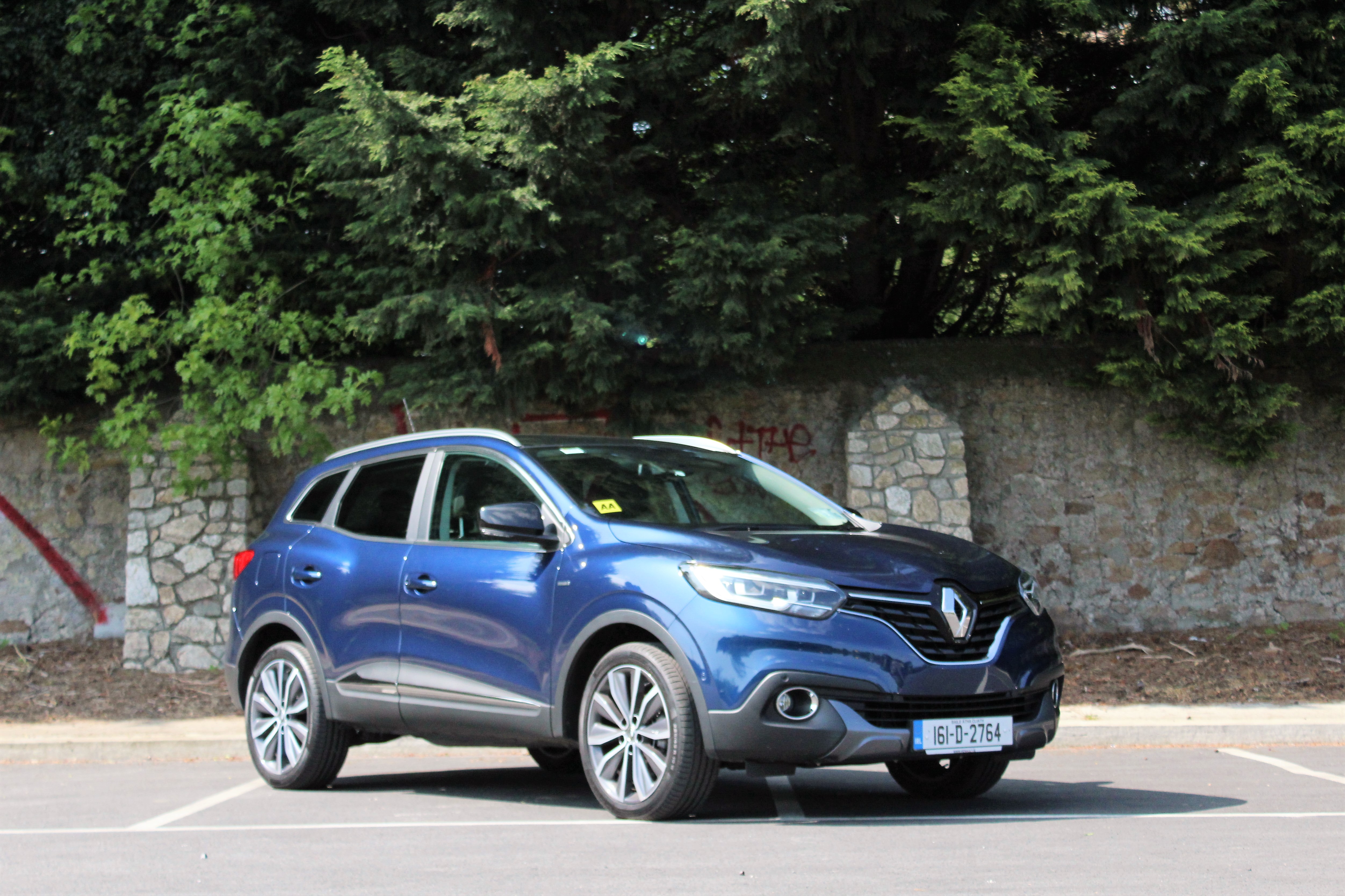
Sit inside the Renault Kadjar and you will be greeted with a clean and simplified layout which is a welcome change. It is something that I have been noticing in a number of brands as of late, minimalist appears to be the way to go. Renault appear to have gone all out on the quality of the products which are now used and it shows. Accessing the infotainment systems is easily navigated through the tablet-like touchscreen display. There appears to be an abundance of space both up front and in the rear seats. Given the elevated driving position you benefit from greater visibility which thankfully is not restricted by thick pillars. Boot capacity is also respectable offering 472 cubic litres of space with the rear seats in place and expands up to 1,478 cubic litres when the rear seats are folded down. All Kadjar models also come spare wheel with the exception of the top spec SIGNATURE NAV.
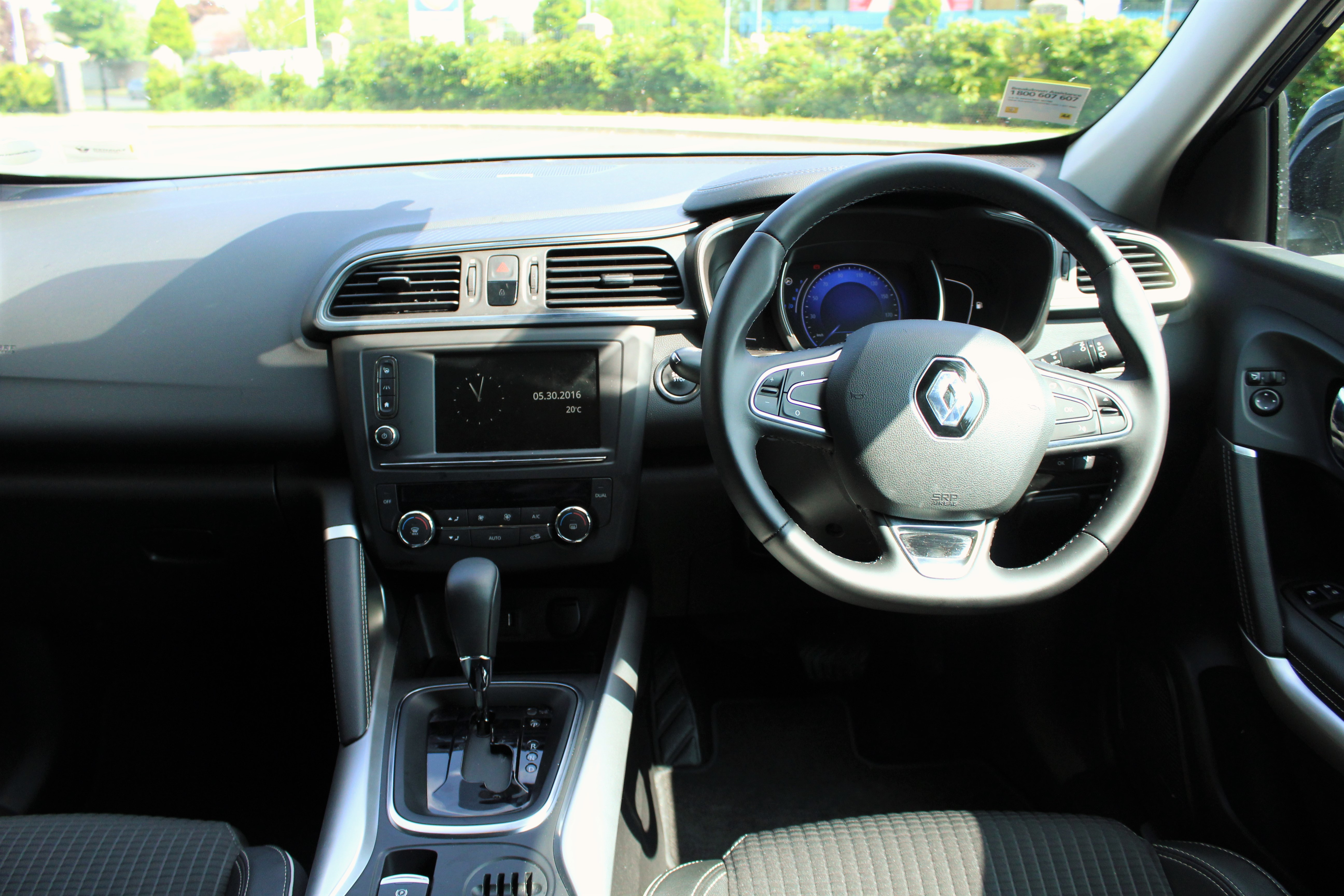
Somewhere where Renault and Nissan for that matter have displayed excellent consistency over the last number of years is their engines. As I have already outlined, my test model was powered by the 1.6 litre diesel engine. There is also a 1.5 litre diesel engine available with a lower power output and also a petrol variant. I found the 1.6 litre DCi engine paired with the manual transmission is perfectly capable and it never appeared to be lacking at any point over the course of my week long test drive regardless if I was in heavy city centre stop start traffic or cruising down the motorway. Road and engine noise are also kept to a minimum. Handling wise, the Kadjar was capable of dealing with anything which I threw at it or threw it at should I say even with the addition of the larger 19 inch alloy wheels. Fuel economy is also very respectable and returns levels which are on par with the majority of its competition. When it comes to the automatic model, the placement of the gear selector inside appears dated and could definitely take a lesson in modernising from some of the other brands out there. The driving ability of the automatic transmission is not as much fun or engaging as the manual version but it is perfectly capable none the less.
Technical Specification 6 Speed Manual
Engine Size – 1.6 Dci
Fuel Type – Diesel
Power – 130 bhp
Torque – 320Nm
Acceleration (0 – 100km/h) – 9.9 seconds
Top Speed – 190 km/hour
Consumption (Combined) –4.5 litres/ 100 kilometres
CO2 emissions – 113g / km
Road Tax – € 200
Price – €29,490 plus optional extras
Technical Specification Automatic
Engine Size – 1.6 Dci
Fuel Type – Diesel
Power – 110 bhp
Torque – 250Nm
Acceleration (0 – 100km/h) – 11.7 seconds
Top Speed – 181 km/hour
Consumption (Combined) – 3.9 litres/ 100 kilometres
CO2 emissions – 103g / km
Road Tax – € 190
Price – €32,290 plus optional extras



